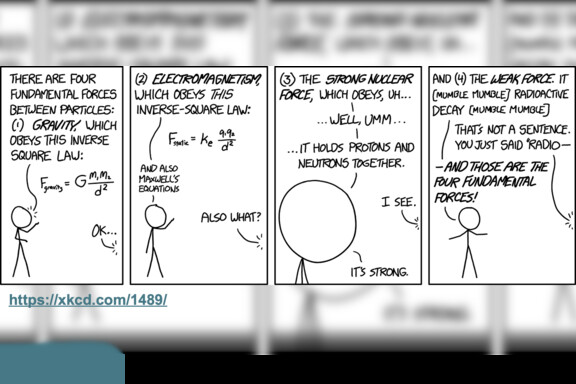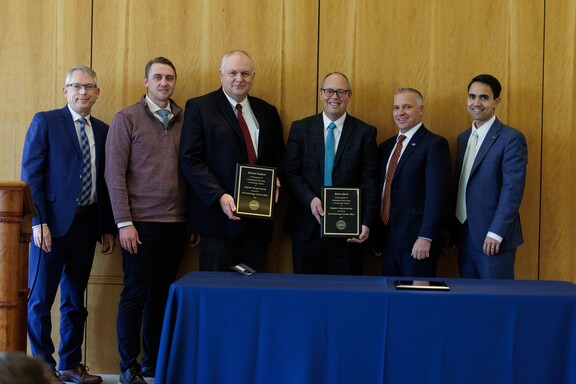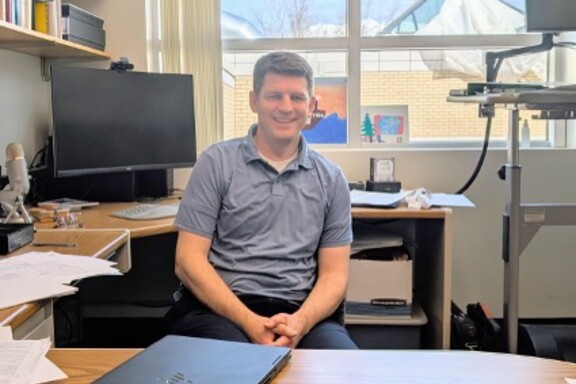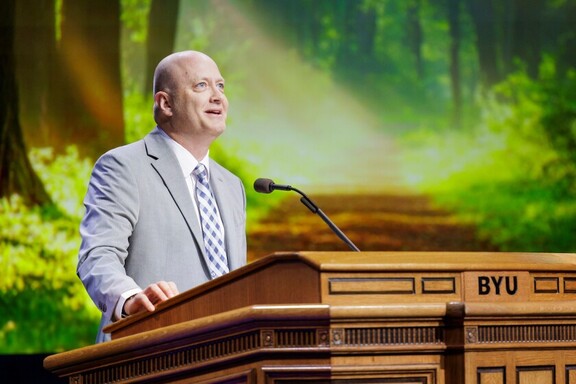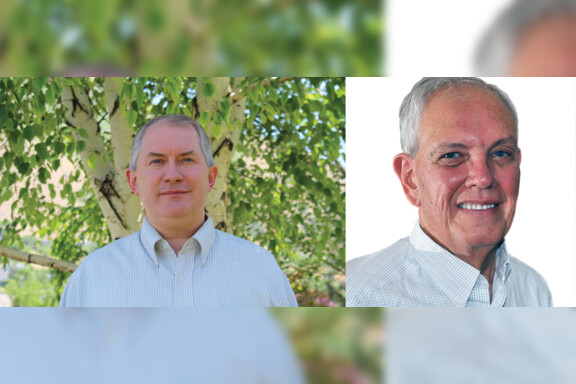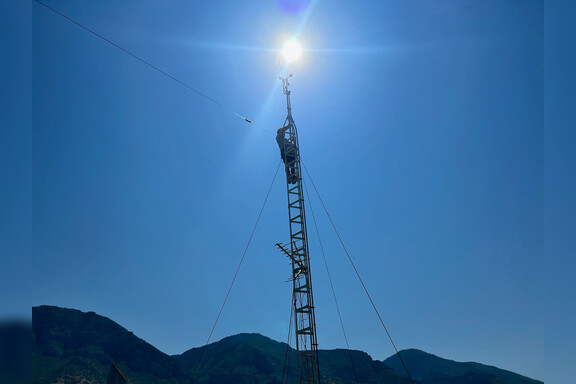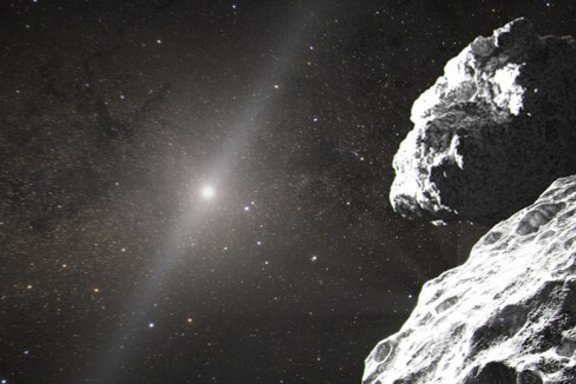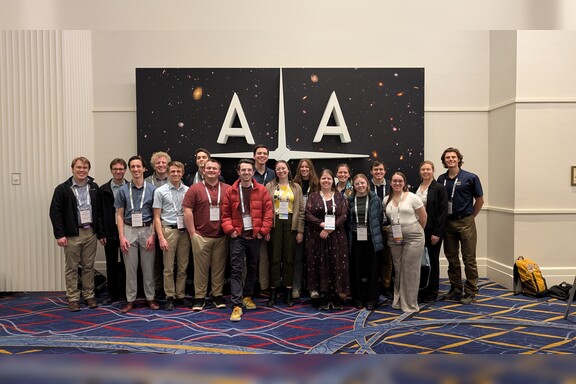Using the structure of DNA as electrical circuitry in computer chips may shrink the costs of production in the field of nano-electronics.
In a new study published in Chemistry of Materials, a team of Brigham Young University scientists introduces a method for making tiny wires on an insulating surface and connecting them at pre-determined points on a strand of DNA.
“We’re using a bottom-up approach to see if we can get things like DNA, proteins and other chemicals to assemble exactly where we direct them,” said Matthew Linford, associate professor of chemistry and biochemistry at BYU. “We hope this will provide new models for shrinking the size for semiconductor chips.”
The study’s publication coincides with the award of a $1 million grant from the National Science Foundation for the BYU researchers to continue the project. The grant will fund the project for four years with the goal of advancing the use of DNA as a template for tiny electrical circuits.
The process begins by etching a carefully controlled pattern onto a surface using an atomic force microscope. This is done in a chemical solution that leaves an extremely thin layer of metal over the pattern, making tiny wires. To these wires, the researchers bind strands of DNA that become the scaffolding for an electrical circuit.
“What we are borrowing from nature is the great flexibility DNA has to form a wide variety of shapes,” said Robert Davis, associate professor of physics and astronomy at BYU. “The DNA is also robust and can handle a wide variety of conditions.”
Along with the prospect for developing a cheaper way to make computer chips, the researchers hope their work leads to devices that are packed more densely than today’s semiconductors.
The project crosses three disciplines at BYU: chemical engineering, chemistry and physics. Joining Linford and Davis on the NSF grant award is John Harb, professor of chemical engineering and associate dean of the Ira A. Fulton College of Engineering and Technology; Dean Wheeler, assistant professor of chemical engineering; and Adam Woolley, associate professor of chemistry and biochemistry. Woolley is also a recent recipient of the Presidential Early Career Award for Scientists and Engineers, the government’s highest honor offered to young scientists.
Students at the graduate and undergraduate level also assist the project in the lab and benefit from exposure to scientific fields other than their major.
“This is providing the students with outstanding training across a number of disciplines,” Linford said. “If you go into industry, people have problems to solve and it doesn’t matter what discipline you tap into to solve that problem.”
Writer: Marissa Ballantyne
More Information on This Article
News and Events
